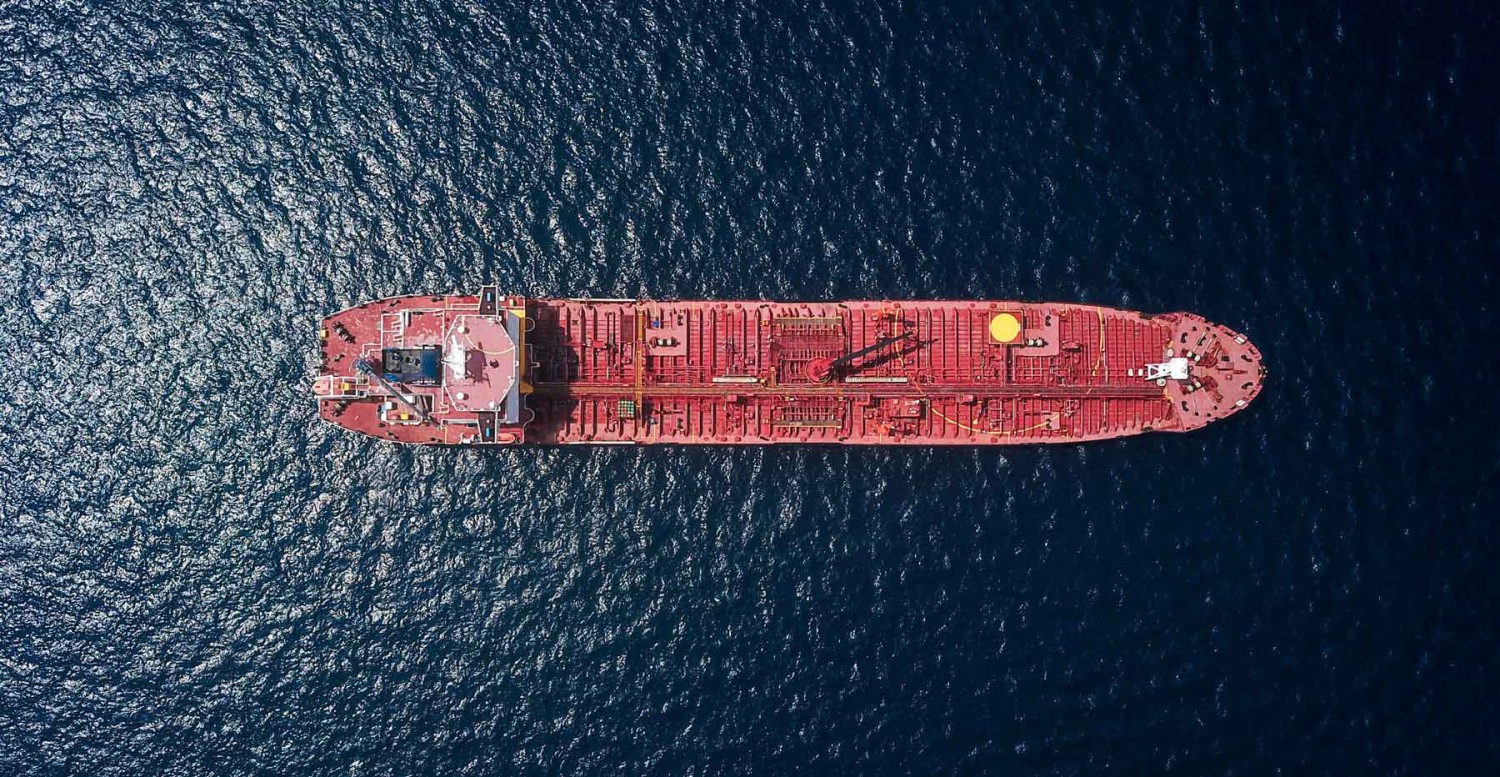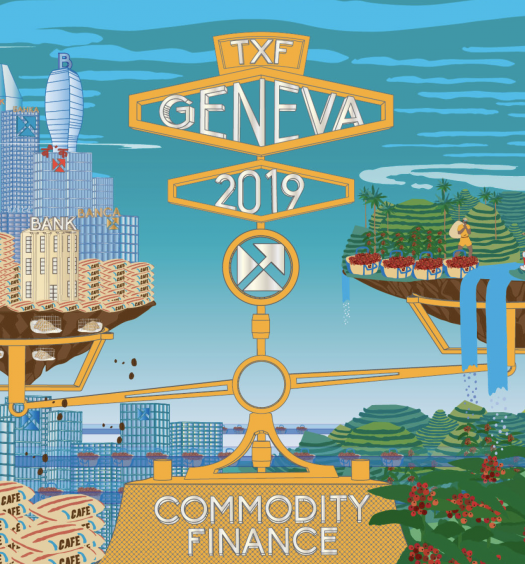The fate of a bubble is to one day burst. But we never know precisely the day or the hour! The formation of bubbles on the markets is a phenomenon that fascinates both economists and psychologists because it is a subtle mix of rationality (the logic of fundamentals) and irrationality, sometimes bordering on insanity. The reference in this field is of course the bubble on the tulip bulb market in Amsterdam in 1637. But more recently, the earliest CyclOpe readers will remember in 1974 when a pound of raw sugar peaked in November at 65 cents, whereas it was worth only 2 cents five years earlier.
The commodity markets have just offered us a few new bubbles: two have burst and one has all the symptoms. First there was cobalt carried aloft by the prospects of electric batteries and by the chronic instability of the Democratic Republic of the Congo. For a few months, cobalt was a dream commodity before we discovered that it was basically more abundant than we thought and more especially that we could limit its use in batteries. Cobalt lost two-thirds of its value in one year. The fall of bitcoin was even more spectacular, but there was nothing surprising in that as the ‘product’ itself was ambiguous.
And in March 2019, it may have been a palladium bubble that has erupted. Palladium, surfing the diesel wave, surpassed gold to almost become the most expensive metal in the universe. At $1,300, $1,400, $1,500, even $1,600 an ounce, palladium seemed to have no limits in a market that is projected to be heavily in deficit in 2019. But then, the sun set and in the morning the market turned around. At these prices, platinum became a possible alternative and there was nothing wrong in making profits from it.
On the derivatives markets, whose main electronic players obey disincarnated algorithms, it is basically reassuring to see that human beings, with their feelings and passions, still play a central role.
But alongside these bubbles, the current situation is very gloomy for products such as coffee, sugar and rubber.
On the geopolitical front, the last few weeks have brought nothing decisive. The negotiations between the United States and China drag on even if they are said to be 90% ‘complete’. Attention is focused on Iran, which is now enjoying a special American ‘solicitude’, while a new front has opened with Mexico that could have important consequences in agriculture.
Lastly, it is worth taking the fever epidemic affecting pig farming in China into account, which is beginning to take on disturbing proportions. Just at a time when economic signs in China were starting to appear slightly more reassuring.
The 33rd CyclOpe report is almost complete. We are meeting with the friends of CyclOpe on 15 May, 2019 in Paris for the traditional symposium around these “Lost Illusions” – those of the bubbles and all the others
Philippe Chalmin
To subscribe to the Monthly Report or Cyclope events please contact us at trading_event@ampersandworld.ch
MARKET BRIEFS
According to Sucden, the world sugar deficit will be around 4 Mt in the 2019/2020 season, after 500,000 t in 2018/2019. The main production decreases are ascribed to Thailand and India.
In early March, China bought 24,000 tonnes of pork from the United States. This is the biggest purchase since April 2017.
While the Tripartite Rubber Council (Thailand, Indonesia, Malaysia) had decided to cut 240,000 tonnes of natural rubber exports over four months starting from April, Thailand has decided to delay the measure because of local elections. .
China has bought 300,000 tonnes of US corn, but has decided to block the entire Canadian rapeseedoffer from Viterra, a Glencore subsidiary. Canada exports $2 billion in rapeseed to China, but is here suffering the consequences of the Huawei case.
Hurricane threats in Australia have pushed Dalian iron ore prices to $99 per tonne, the highest since 2013. The CF quotation from the Chinese port (Argus) was at $88.50 in early April.
Nearly 500,000 hectares of farmland were flooded at the end of March in the United States between Dakota and Missouri. Nearly 15% of the US ethanol production capacity was also affected.
In the face of falling coffee prices, the Brazilian government plans to offer planters ‘put’ options, which would amount to setting a floor price. At the beginning of April, Arabica was trading in New York at 95 cents/lb. For 2018/2019, the global market will be in excess by 3.06 million bags after 4.16 in 2017/2018.
According to the ICSG, the copper market had a deficit of 387,000 tonnes. For the INSG, the nickelmarket deficit was 12,700 tonnes in 2018 and in 2019 will still be in deficit by 33,000 tonnes.
Even though pulp prices have fallen slightly, they remain at record levels thanks to Chinese demand. This weakened the downstream of the paper industry a little further.
Has the palladium ‘bubble’ exploded? Whatever the case may be, the market has turned fiercely to fall back to just over $1,350 an ounce. According to Johnson Matthey, the market will be in deficit by one million ounces in 2019.
There has been a slight stabilization in the bitcoin market, but it is still far from its peaks of early 2018.
According to a Reuters survey, the average copper price in 2019 will be $6,397 per tonne. There are not many new investments coming to maturity while the production of Grasberg (Freeport) and Mutana (Glencore) are expected to decrease.
According to the IEA, US oil production (including LNG and other hydrocarbons) will increase from 15.5 Mbd in 2018 to 19.6 Mbd by 2024. Crude oil production alone will be 13.4 Mbd, compared to 11.4 Mbd in 2018.
It is rumoured that the United States is aiming for an additional 20% reduction of Iran’s oil exports to less than a million bd. In March, Iran exported between 1 and 1.1 mbd (1.05 according to Kpler).
According to OPEC, the demand for oil in 2019 should average 30.46 Mbd, 130,000 bd lower than current production (30.55 Mbd in February). According to OPEC, the increase in NOPEP production should be 2.24 Mbd in 2019. The IEA estimates that the world market could be in a slight deficit (500,000 bd) in the second quarter.
In April, shale oil production in the United States will break a new record at 8.59 Mbd according to the IEA: 4.18 Mbd for Permian, 1.46 Mbd for Bakken and 1.44 Mbd for Eagle Ford.
Saudi Arabia is reducing its oil supplies to the market with a clear goal: to make $70 a barrel a real floor! In March and April, Saudi Arabia will fall below 10 Mbd!
LNG prices collapsed in Asia to $4.65/MBtu, the lowest since May 2016. In November, it was $10.90. This has pushed down European prices, which are at their lowest since 2019.
In March, OPEC production fell to 30.4 Mbd, the lowest in four years, or 135% of quota reduction commitments. Saudi Arabia alone has reduced its production by 220,000 bd.
In March, Venezuela managed to maintain oil exports of 1 Mbd, to India, China and Singapore, Europe (17%) and Cuba.
Sharp drop in coal prices in Australia: $72 per tonne FOB Newcastle, 40% lower than in summer 2018. This comes as annual negotiations with Japanese utilities ended at $94.75 (-14%).
The cobalt market continues to fall, now trading at $13.90/lb, a 47% loss since the beginning of the year.
While a slight wave of optimism is beginning to prevail over the world of sugar, the European Commission’s forecasts remain cautious…
Slight stabilization in the bitcoin market, still far from its peaks of early 2018.
To subscribe to the Monthly Report or Cyclope events please contact us at trading_event@ampersandworld.ch














